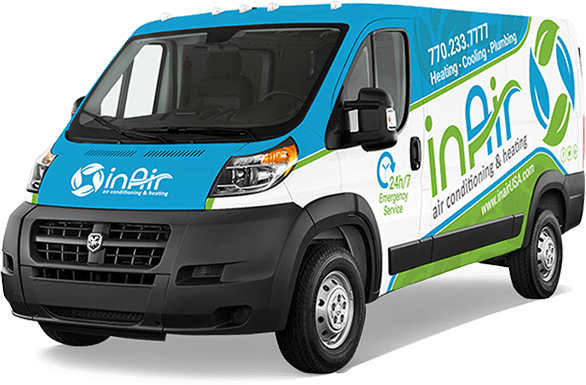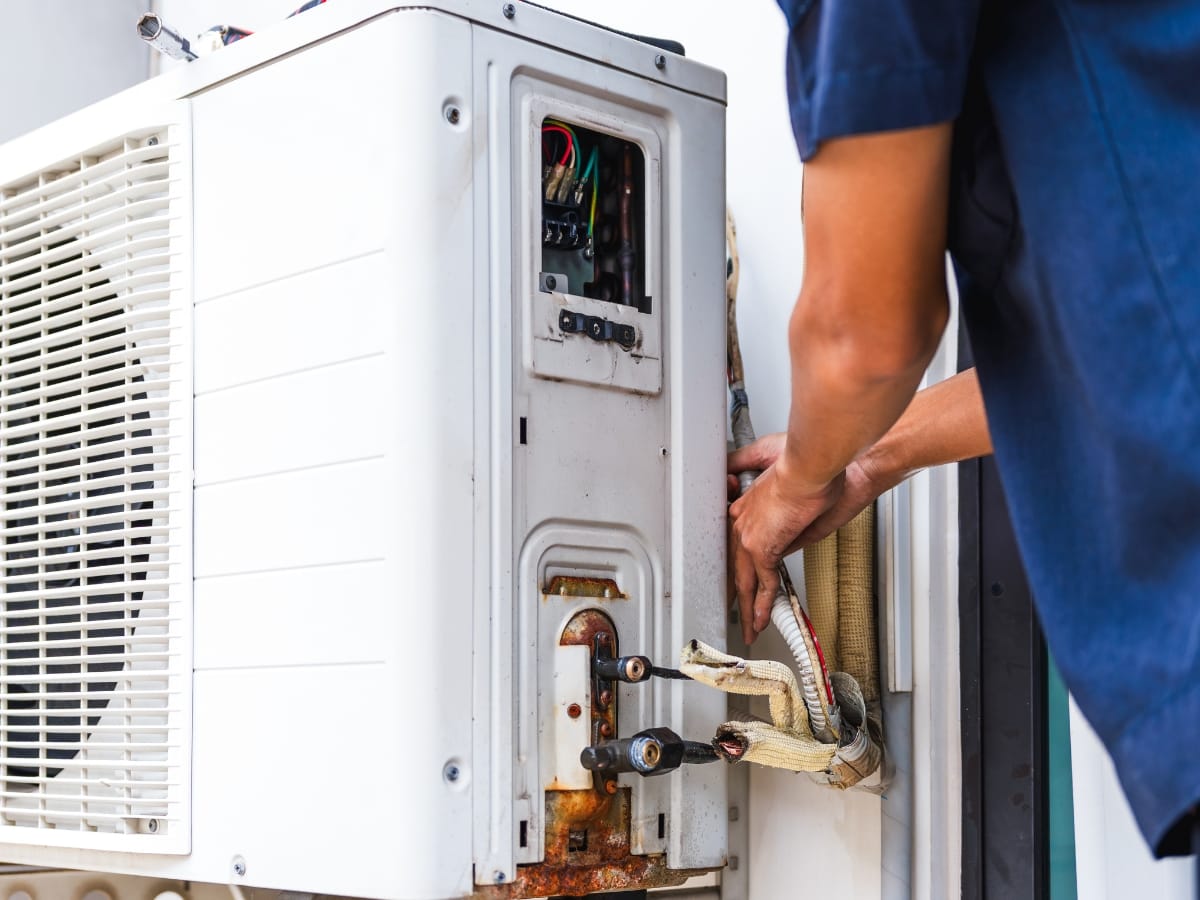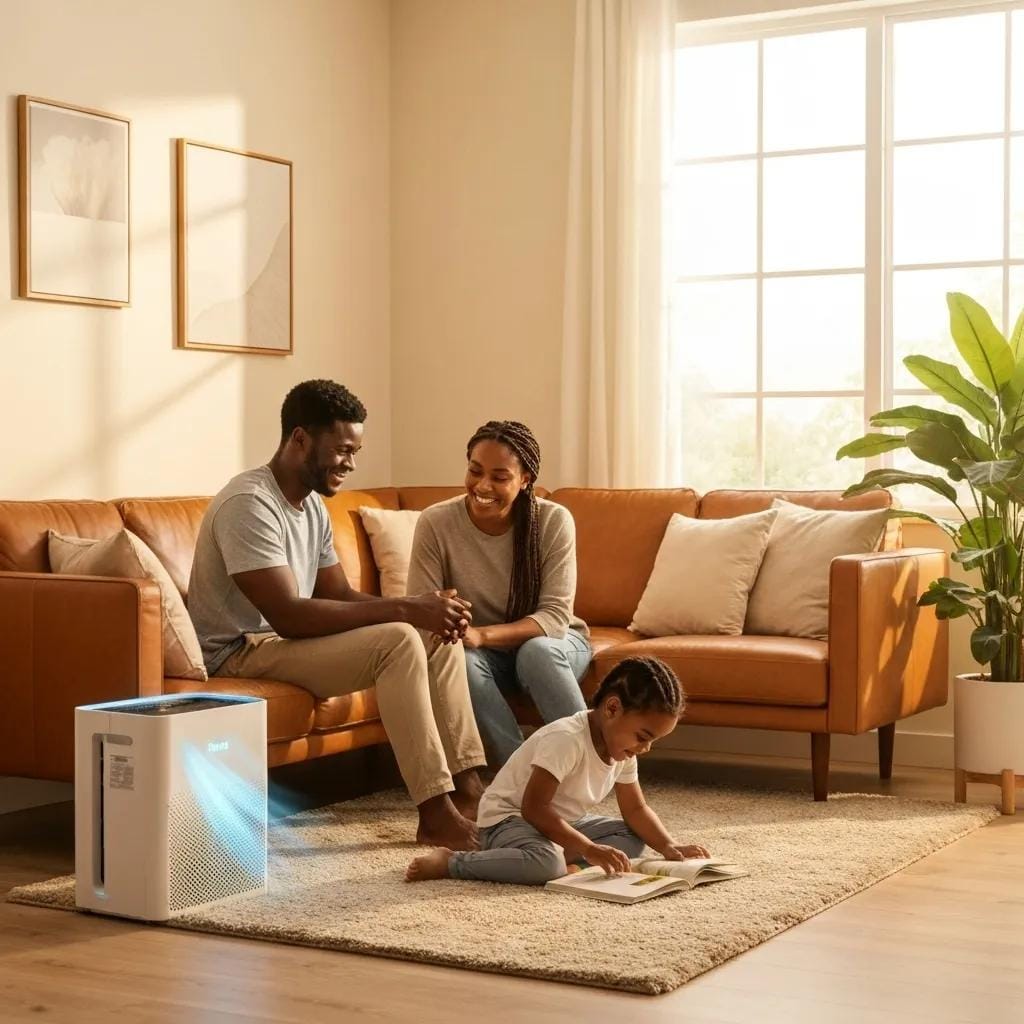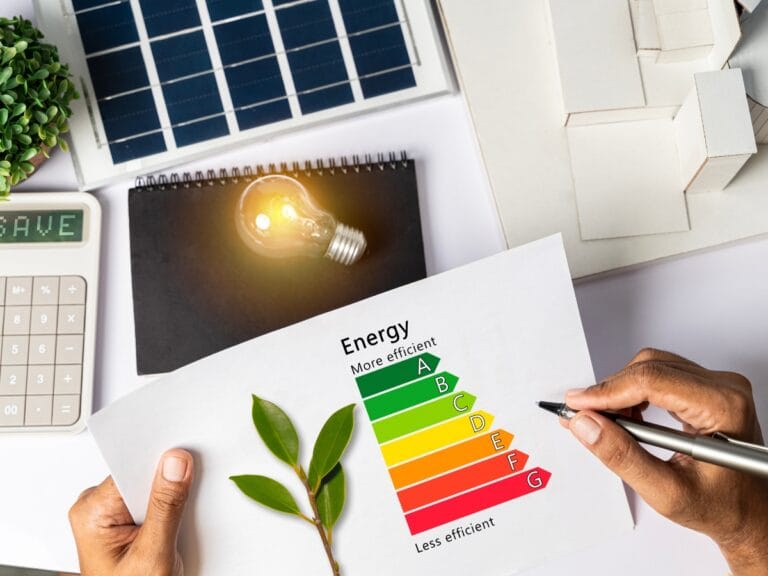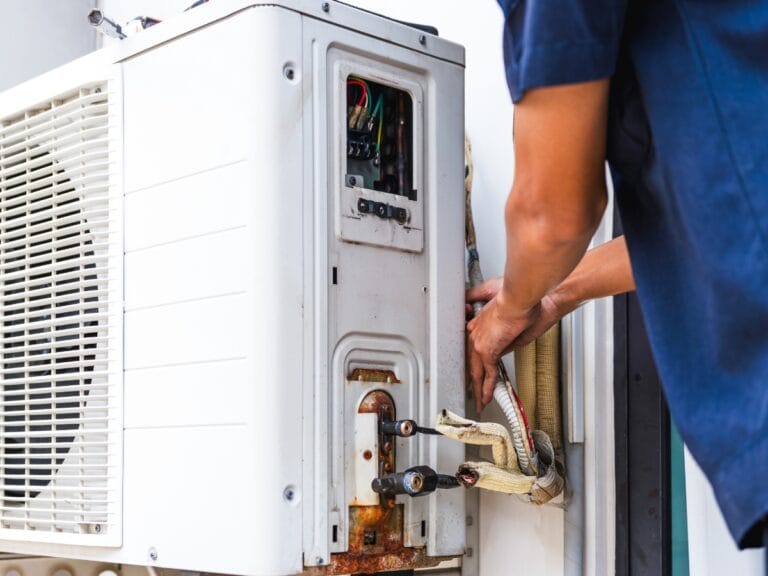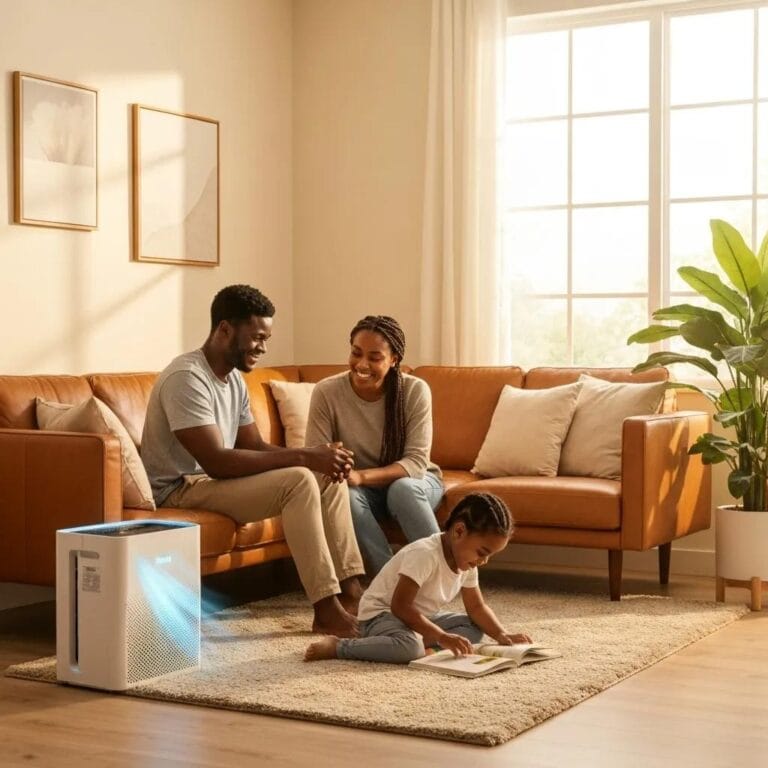As the fall air settles in, ensuring your HVAC system is prepared for the seasonal transition is essential for maintaining comfort and energy efficiency in your Atlanta home.
HVAC fall maintenance helps prevent unexpected breakdowns, keeps your system running smoothly, and can save you on costly repairs when the colder months arrive. Atlanta’s climate requires a smooth transition between seasons, meaning your HVAC system must be ready to handle both warm spells and cooler days efficiently.
In this guide, we’ll explore key fall HVAC maintenance tasks that are critical for a smooth seasonal transition, from filter changes and thermostat checks to inspecting your heating system. Whether you’re a seasoned homeowner or new to managing your HVAC, these HVAC maintenance tips will ensure your HVAC units are ready to handle Atlanta’s seasonal changes while keeping your home comfortable and efficient.
Top HVAC Fall Maintenance in Atlanta You Can’t Ignore
Importance of HVAC Fall Maintenance in Atlanta
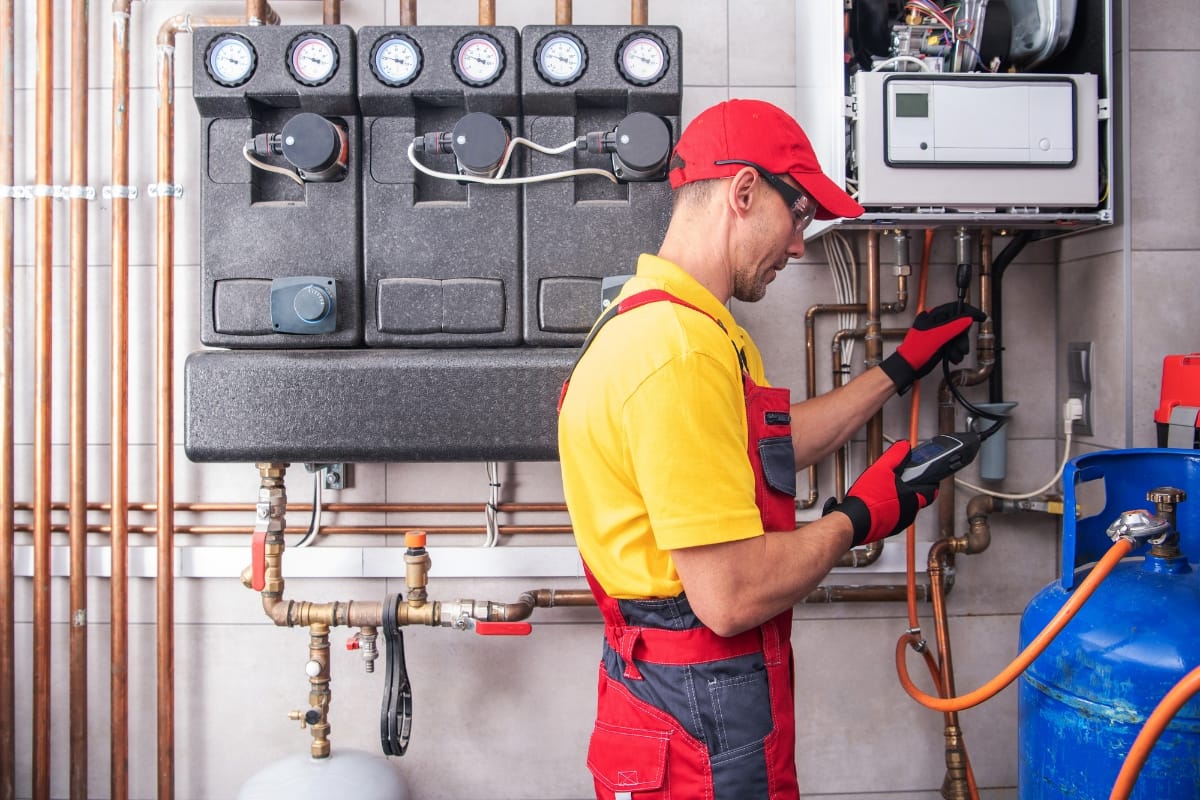
As fall approaches, homeowners in Atlanta might question the necessity of HVAC maintenance, especially if their system performed well during the summer.
However, fall maintenance is crucial for ensuring your HVAC system operates efficiently throughout the colder months. In Atlanta, where temperatures fluctuate throughout the year, maintaining your system in the fall can prevent future issues, improve energy efficiency, and prolong the life of your HVAC unit.
One of the key reasons for HVAC fall maintenance is to catch potential problems before they worsen. During an inspection, a professional technician can identify small issues such as worn-out components, leaks, or electrical malfunctions that might not be apparent during the warmer months. By addressing these issues early, you can avoid costly repairs or breakdowns during the winter, when your heating system is working the hardest.
Another significant benefit of fall maintenance is improved energy efficiency. As dust, dirt, and debris build up in your HVAC system over time, they can block airflow and make the system less efficient.
Cleaning vents, filters, and ducts as part of your fall and preventive maintenance routine ensures better air circulation, allowing your HVAC system to function more efficiently. This not only improves indoor air quality but also reduces the energy needed to heat your home, which can lead to lower utility costs.
In addition, fall is the perfect time to check the thermostat and ensure it is calibrated correctly. A well-functioning thermostat allows your HVAC system to maintain a comfortable temperature without overworking, further enhancing efficiency.
For those in Atlanta, where winter nights can be cold, ensuring your system is prepared for the seasonal changes is essential for home comfort and energy savings.
Scheduling Professional HVAC Inspection Services
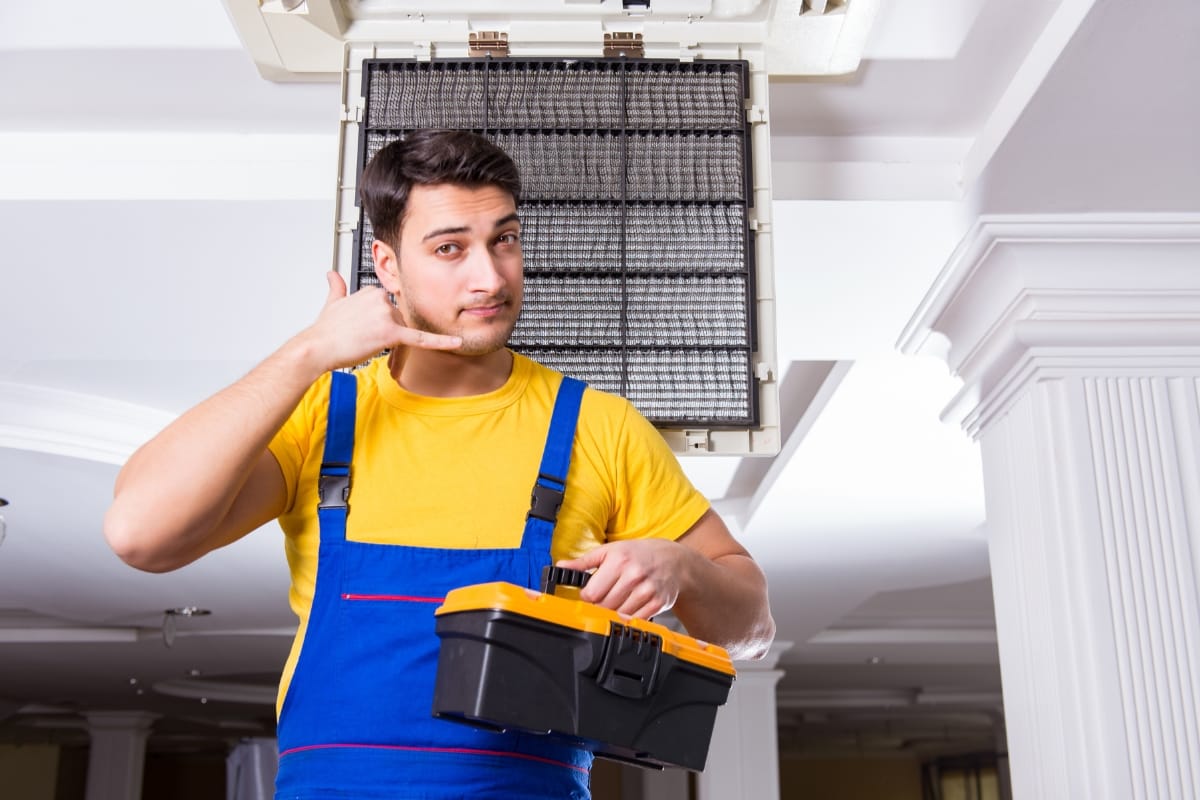
To keep your HVAC system running efficiently and extend its lifespan, scheduling a professional inspection is essential.
As a critical part of fall maintenance, HVAC inspections catch potential issues before colder weather hits, helping you avoid inconvenient breakdowns and expensive repairs when you need your system the most. In a city like Atlanta, where the seasons can shift quickly from hot to cold, staying on top of your HVAC maintenance ensures a comfortable home year-round.
Fall maintenance isn’t just about getting your system ready for winter; it’s also an opportunity to improve energy efficiency and indoor air quality. A professional HVAC inspection involves a thorough check of key components, including your furnace, air ducts, thermostat, and heat pump. The technician will look for any wear and tear, clean or replace filters, and lubricate parts to ensure everything is working smoothly.
Following a regular HVAC maintenance schedule can help you save on energy bills and reduce the risk of unexpected breakdowns.
In Atlanta, where HVAC systems work hard in both summer and winter, a fall inspection is a smart investment that guarantees your system is ready for colder months and maintains your indoor comfort.
Checking and Changing Air Filters Regularly
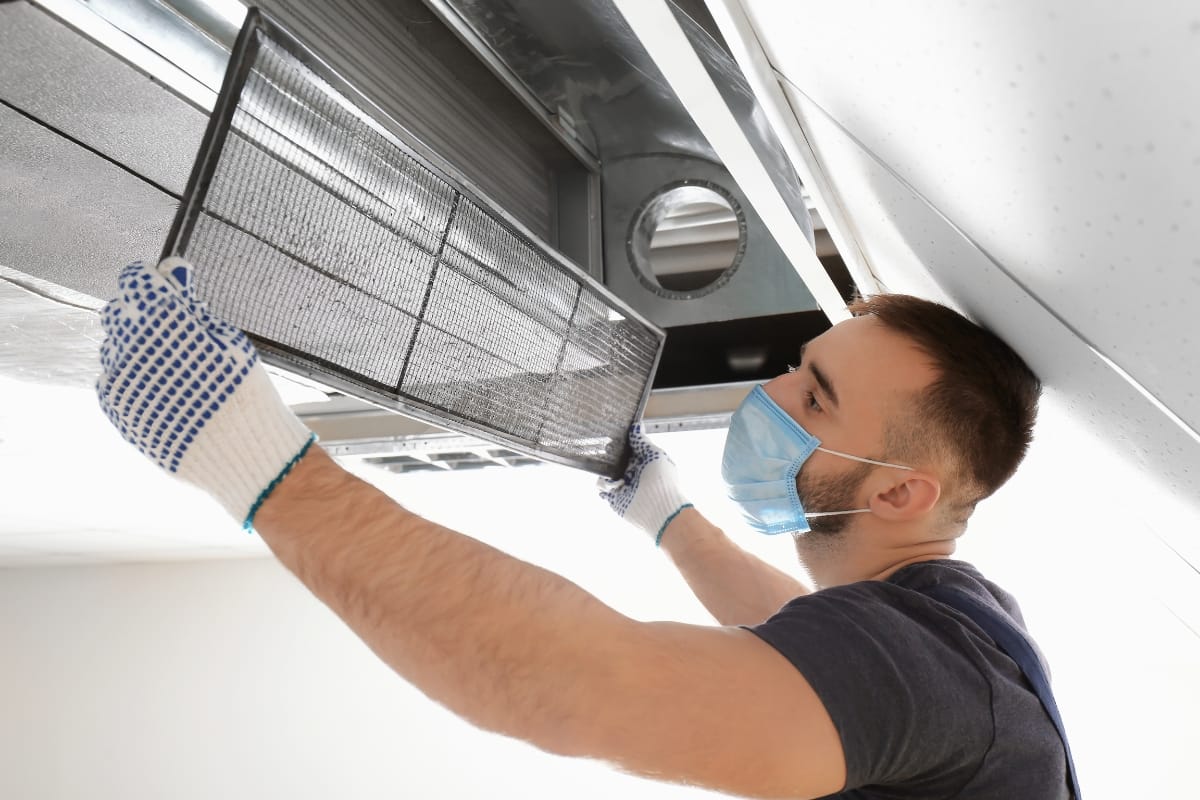
Regularly checking and changing HVAC air filters is a vital aspect of HVAC maintenance, especially during the fall when your system is preparing for heavier winter use. Filters work by trapping airborne particles like dust, pollen, and pet dander, improving indoor air quality. However, when these filters become clogged with debris, airflow is restricted, forcing your system to work harder and reducing its efficiency.
By replacing filters during fall preventative HVAC maintenance, you help ensure that your HVAC system runs smoothly and efficiently throughout the colder months. Clean filters not only improve air quality but also reduce the risk of your blower motor becoming overworked, which can lead to premature system failures. Additionally, efficient airflow means your system doesn’t have to consume extra energy, helping to lower your utility bills.
When selecting a replacement air filter, pay attention to the Minimum Efficiency Reporting Value (MERV) rating, which indicates how well the filter captures particles. While a higher MERV rating provides better filtration, make sure it is suitable for your system to avoid restricting airflow.
Pleated filters offer a higher efficiency compared to fiberglass, while electrostatic filters attract more particles with static electricity. Keeping a few spare filters on hand ensures you’re always ready for a quick swap when needed.
Calibration and Testing of Thermostats
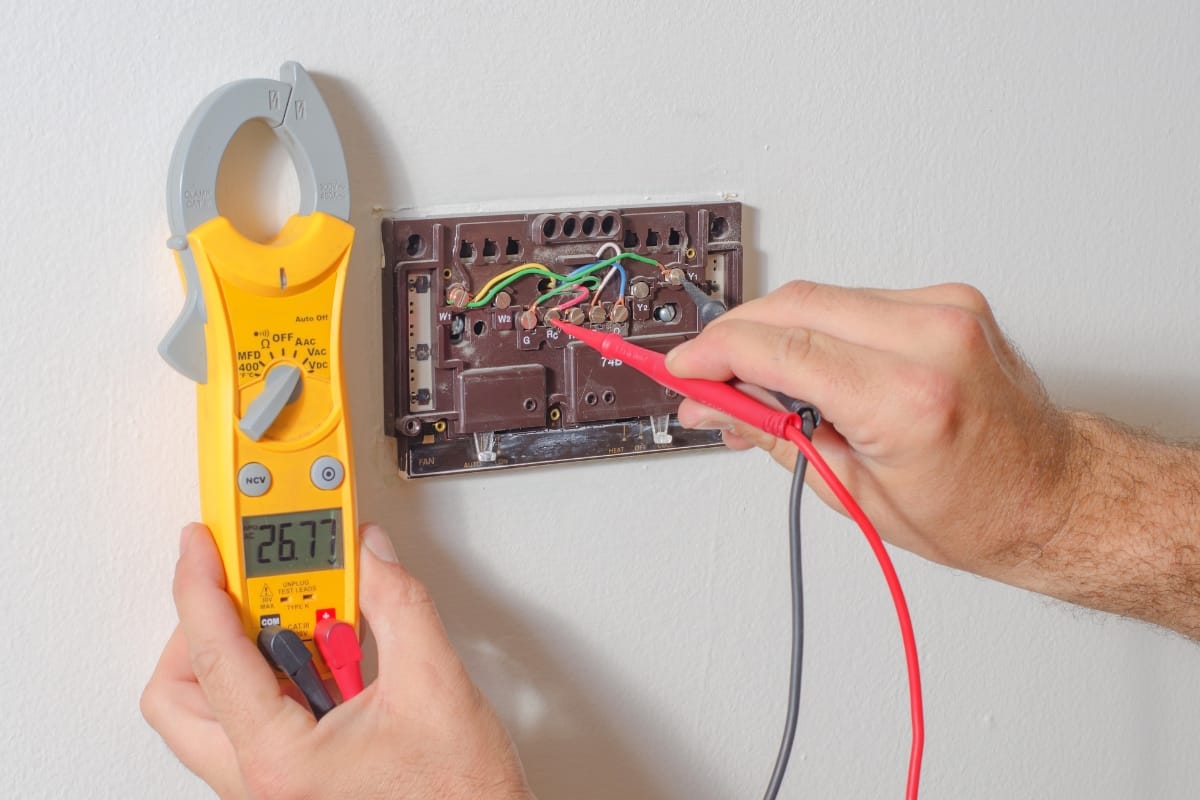
When you schedule an HVAC maintenance appointment, one crucial aspect that should not be overlooked is the calibration and testing of thermostats. Properly calibrating and testing thermostats can significantly impact the efficiency and effectiveness of your HVAC system during the seasonal transitions in Atlanta.
- Check Accuracy: Begin by checking the accuracy of the thermostat readings using a separate thermometer. This step is crucial to ensure that the thermostat is providing correct temperature information to the HVAC system.
- Adjust Settings: If discrepancies are found, adjust the thermostat settings accordingly to align with the actual room temperature. This step helps in preventing your HVAC system from overworking or underperforming.
- Perform System Test: After calibration, conduct a system test to observe if the thermostat effectively controls the HVAC system. Pay attention to how quickly the system responds to temperature adjustments.
- Inspect for Issues: During testing, keep an eye out for any unusual behavior such as frequent cycling or inaccurate temperature readings. These could indicate underlying issues that need to be addressed promptly.
Your thermostat serves as the control center for your HVAC system, allowing you to set desired temperatures and regulate heating or cooling cycles. However, if your thermostat is not calibrated correctly or is malfunctioning, it can lead to discomfort or energy inefficiency.
Cleaning and Clearing HVAC Vents and Ducts
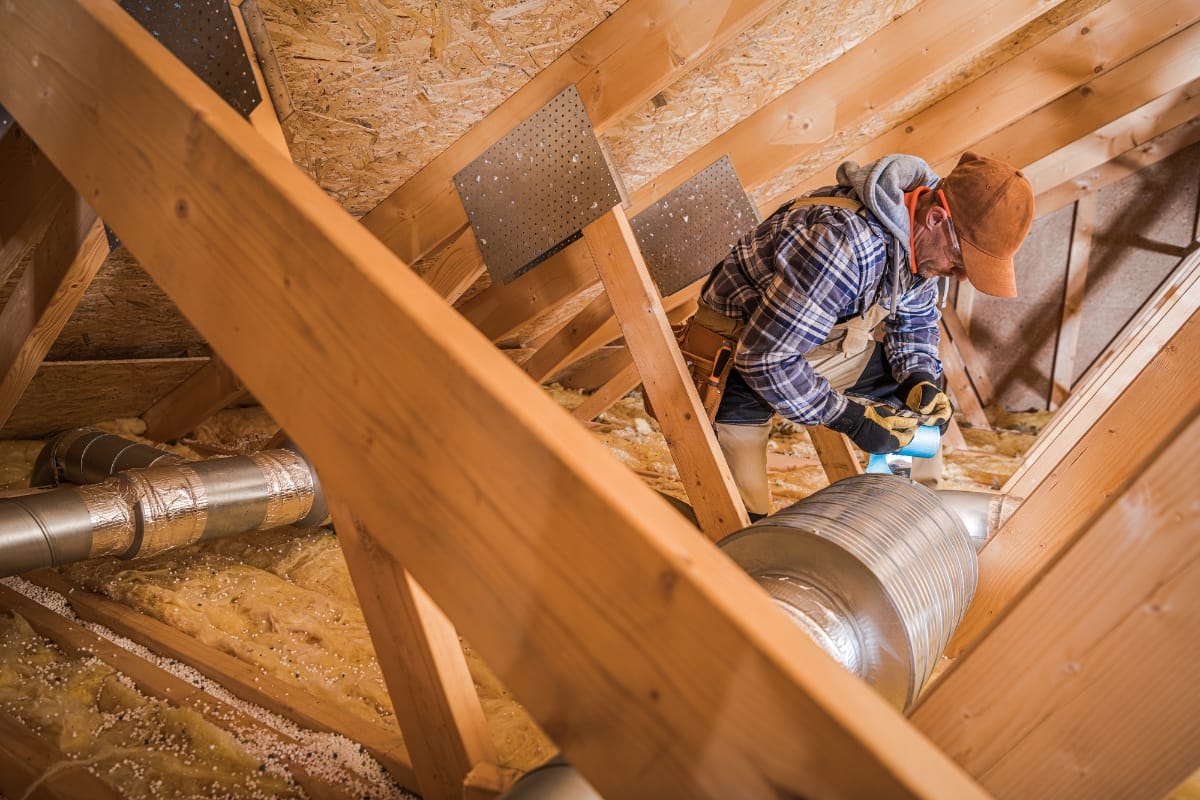
When it comes to HVAC fall maintenance, one crucial aspect that often gets overlooked is the cleaning and clearing of HVAC vents and ducts. Ensuring that your vents and ducts are free from dust, debris, and other contaminants is essential for the smooth operation of your HVAC system during seasonal transitions, especially in locations like Atlanta where the weather can vary significantly.
Regularly cleaning and clearing your HVAC vents and ducts as part of your fall maintenance routine can help improve indoor air quality, enhance energy efficiency, and prolong the lifespan of your HVAC system. Clogged vents and ducts restrict proper airflow, forcing your system to work harder to heat or cool your home, which can lead to increased energy consumption and higher utility bills.
To begin cleaning your HVAC vents and ducts, first check for any visible dust or debris buildup. A flashlight can help you spot any blockages inside the ductwork. After identifying areas with loose debris, use a vacuum cleaner with a brush attachment to gently remove the dust from the vents.
To ensure a deeper clean, you might want to hire a professional HVAC technician for duct cleaning. They have the skills and equipment needed to thoroughly clean your ductwork and eliminate any tough contaminants that could be hiding in the system. This service can greatly enhance indoor air quality and help your HVAC system run more efficiently.
In addition to cleaning, it’s also important to check and replace air filters regularly. Clogged air filters can contribute to poor indoor air quality and hinder the airflow in your HVAC system. By replacing filters as needed, you can prevent dust and debris from accumulating in the vents and ducts, promoting better air circulation throughout your home.
Evaluating and Improving Insulation in Preparation for Winter
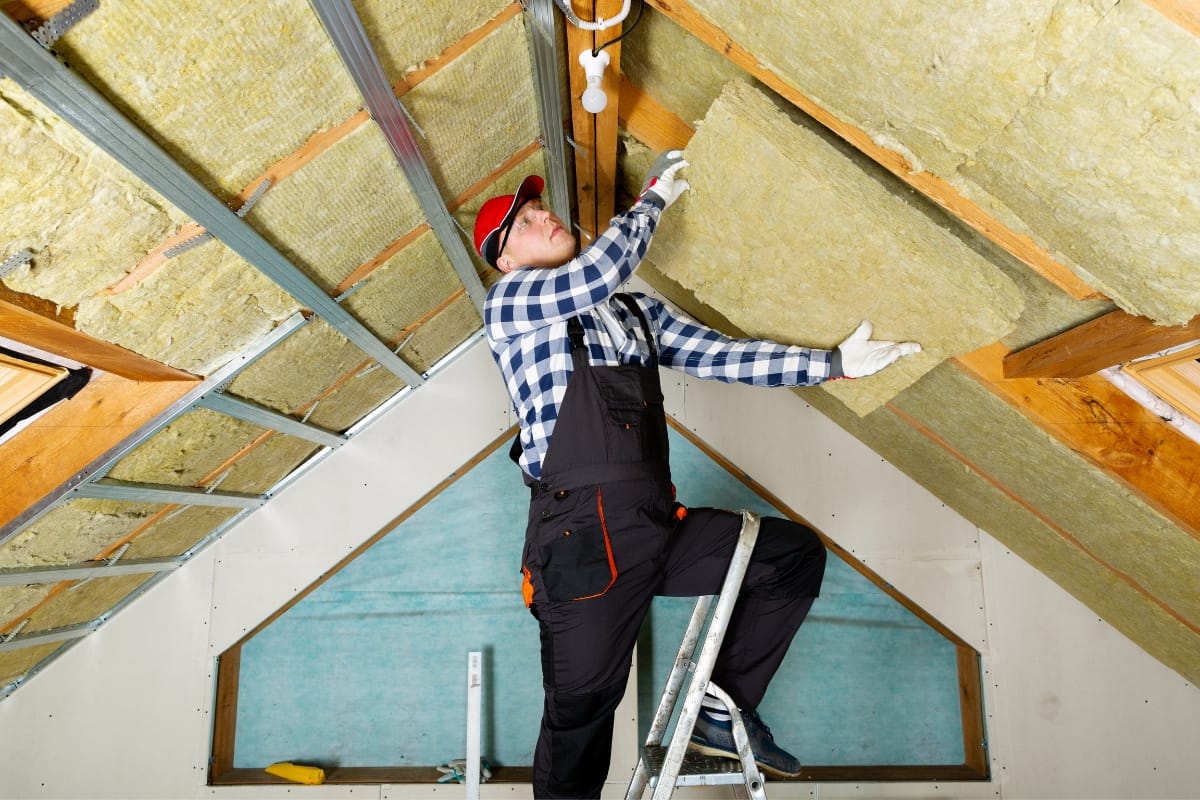
Proper insulation is essential for maintaining a comfortable indoor environment during the winter months. It helps prevent heat loss through walls, ceilings, floors, windows, and doors. Fall maintenance provides an opportunity to evaluate the insulation in your home and make necessary improvements.
Start by inspecting areas where insulation is commonly found such as attics, crawl spaces, basements, walls adjacent to the exterior, and around windows and doors. Look for signs of inadequate or damaged insulation, such as drafts, cold spots, or high energy bills.
If insulation is lacking or damaged, consider adding or replacing it to improve energy efficiency and comfort. Common insulation materials include fiberglass batts, cellulose, spray foam, and rigid foam boards.
Adding weather stripping around doors and windows can also help in preventing drafts and maintaining airtight seals. It’s best to consult with a professional to determine the most suitable insulation type and installation method for your specific needs.
Ensuring Proper Functioning of Heating Elements
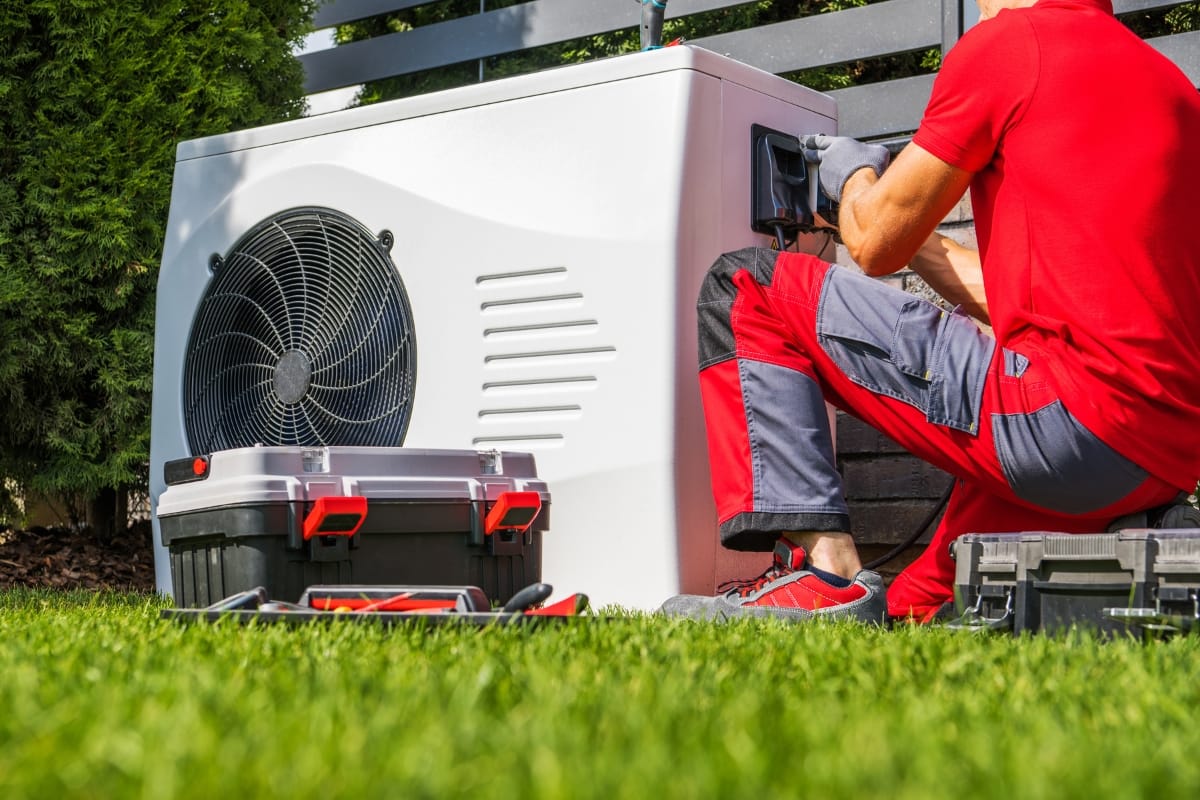
As temperatures drop in Atlanta during the fall season, your heating system becomes a vital component of your HVAC system. Fall maintenance is the perfect time to ensure that all heating elements are functioning properly.
To ensure the proper functioning of heating elements during HVAC fall maintenance in Atlanta, it is crucial to follow a comprehensive guide for smooth seasonal transitions. Proper maintenance not only guarantees the efficiency of your system but also extends its lifespan, saving you from costly repairs down the line.
Start by inspecting and cleaning the burners in your furnace or boiler. Over time, dirt and debris can accumulate on the burners, affecting their performance. Cleaning them ensures efficient combustion and reduces the risk of carbon monoxide buildup.
In addition to cleaning burners, fall maintenance should also include checking pilot lights (if applicable), inspecting gas lines for leaks or damage, lubricating moving parts (if necessary), and testing safety controls.
If you notice any unusual smells or sounds coming from your heating system during fall maintenance or throughout the season, it’s important to have them addressed by a professional technician promptly.
Implementing Energy-Efficient Practices for Cost Savings
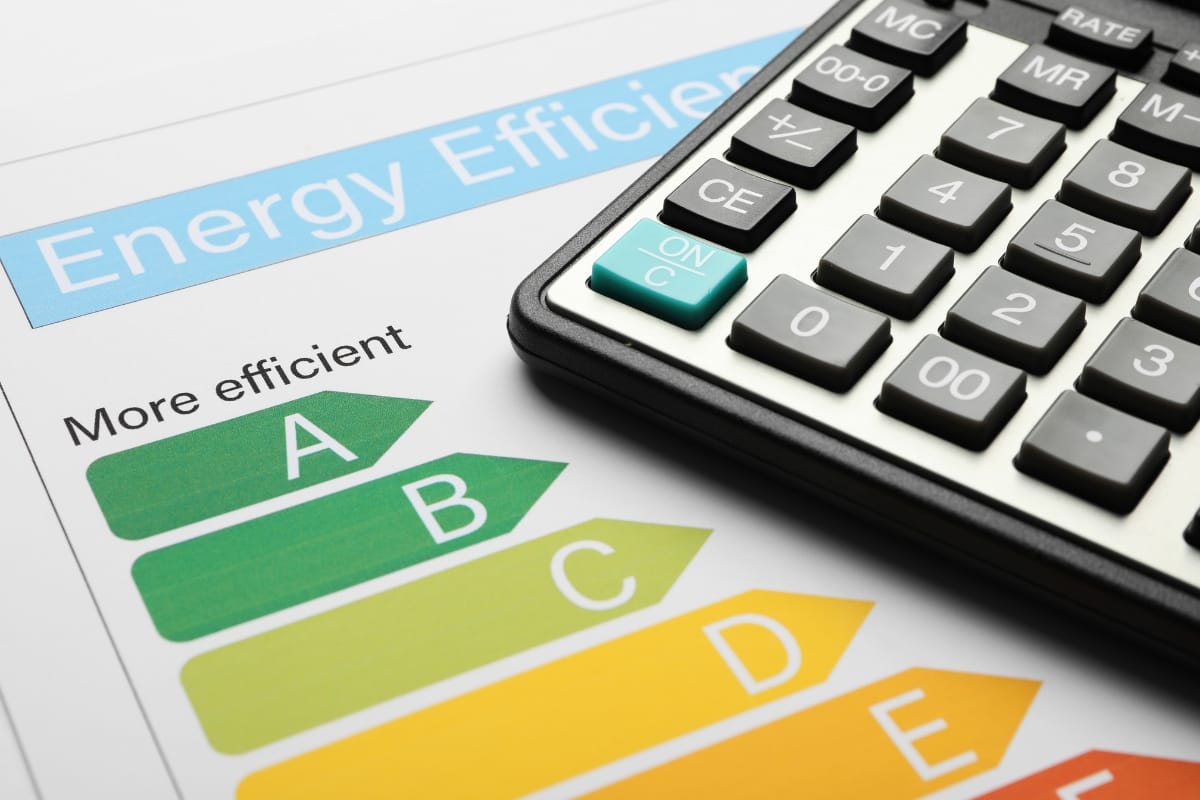
In addition to regular maintenance tasks for your HVAC system, there are several energy-efficient practices you can implement during fall to save on heating costs:
- Seal Air Leaks Inspect your windows and doors for drafts and seal any gaps with weatherstripping or caulking. This prevents warm air from escaping and reduces the strain on your HVAC system, helping to maintain indoor warmth more efficiently.
- Utilize Natural Sunlight Open your curtains during sunny days to allow sunlight to naturally heat your home. This passive heating method can reduce the need to run your heating system as often, saving energy.
- Adjust Thermostat Settings Lowering your thermostat by 7-10 degrees for at least eight hours a day, whether while you’re sleeping or away, can save up to 10% a year on heating costs. A programmable thermostat can help you manage these settings easily.
- Use Ceiling Fans Set your ceiling fans to rotate clockwise at a low speed. This helps circulate warm air throughout the room, reducing the need for constant heating and making your space feel more comfortable.
- Maintain a Clean Outdoor Unit Keep your outdoor HVAC unit clear of leaves, debris, and overgrown plants. Proper airflow ensures your system runs efficiently, preventing unnecessary strain and extending its lifespan.
By following these simple energy-efficient practices, you can save money and keep your home warm and comfortable throughout the fall.
Addressing Common HVAC Issues and Troubleshooting Tips
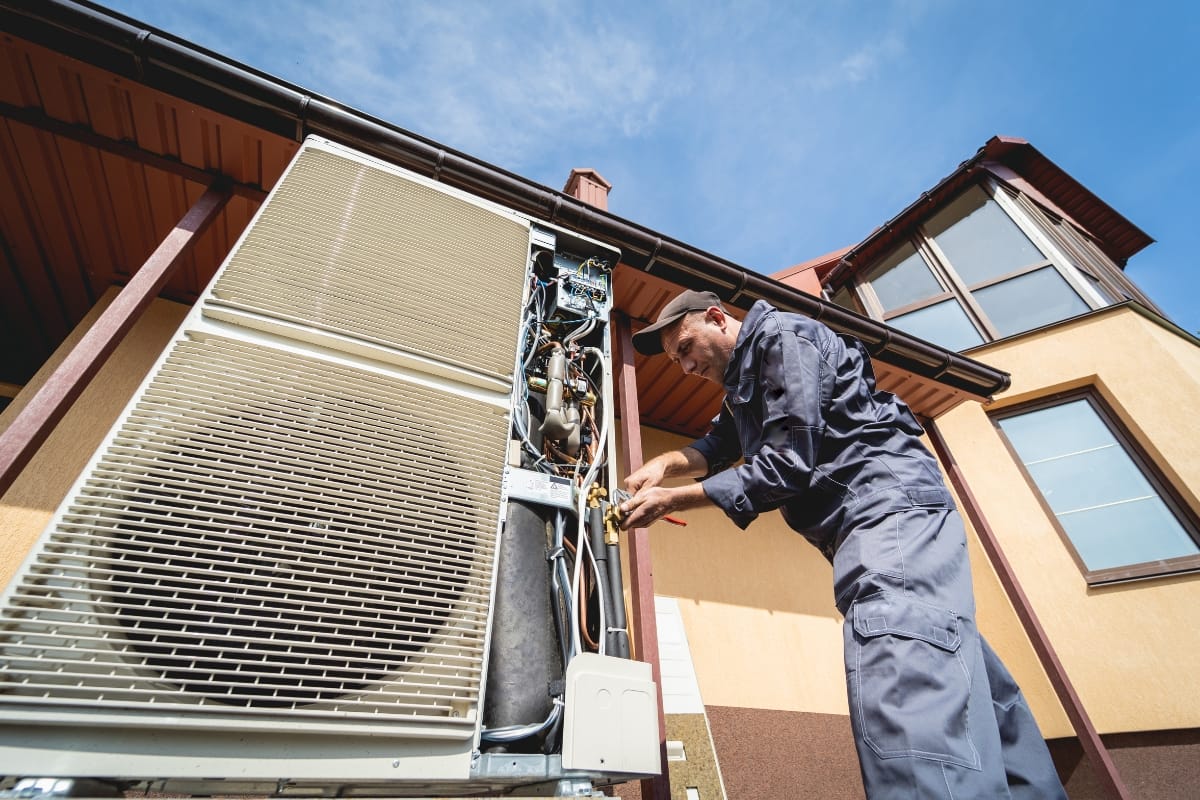
Even with regular fall maintenance, HVAC systems can occasionally develop issues that need attention. Here are some common HVAC problems and practical troubleshooting tips to help you address them effectively:
- No Heat or Insufficient Heat: When your system isn’t providing enough heat, start by checking your thermostat. Ensure it’s set to heating mode, and replace the batteries if necessary. Additionally, verify that the temperature setting is appropriate. If everything seems correct and you still lack heat, your system may have a faulty component, and it’s wise to call a professional technician for a thorough inspection.
- Inconsistent Temperatures: If different areas of your home are experiencing uneven temperatures, inspect for drafts around windows and doors, as these can affect temperature regulation. Additionally, make sure air filters are clean or replaced if clogged, and confirm that all vents are unobstructed. Persistent inconsistencies may signal problems with your ductwork or zoning system, both of which would require a professional technician’s evaluation.
- Loud Noises or Strange Odors: Unusual sounds, like banging or squealing, often point to mechanical issues such as loose components or a malfunctioning blower. Similarly, strange smells—especially burning odors—could indicate overheating or electrical issues. It’s essential to address these immediately by contacting a certified HVAC technician to prevent potential damage or safety hazards.
For any persistent issues beyond these, consulting a licensed technician will ensure proper diagnosis and prevent future complications.
Conclusion: Embracing a Cozy and Efficient HVAC System for Fall in Atlanta
As the fall season brings cooler temperatures and changing leaves to Atlanta, it’s important to prioritize HVAC fall maintenance to ensure a smooth transition and optimal comfort. Don’t wait until the first cold snap to discover that your heating system is not up to par.
Take proactive steps now to prepare your HVAC system for the upcoming winter season. By investing time and effort into fall maintenance, you can enjoy a comfortable indoor environment while saving on energy costs in Atlanta.
For expert HVAC fall maintenance, trust inAir Heating & Air to keep your system running efficiently. Contact us today at (770) 233-7777 or fill out our website form for an HVAC request. Let us help you stay comfortable as the seasons change!




